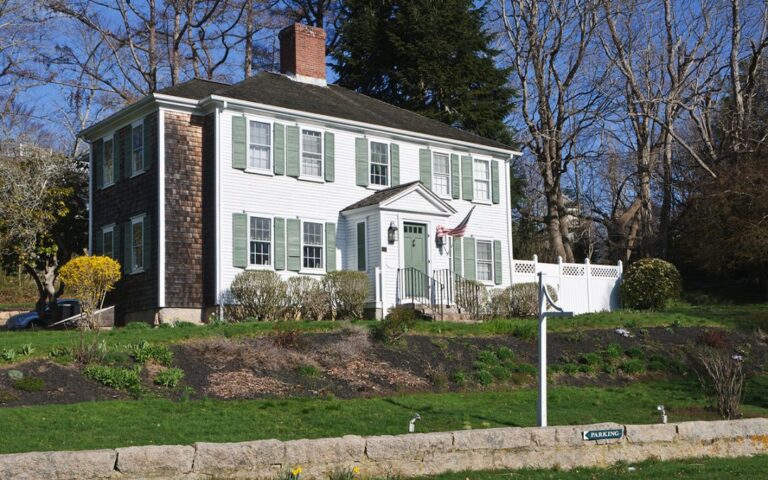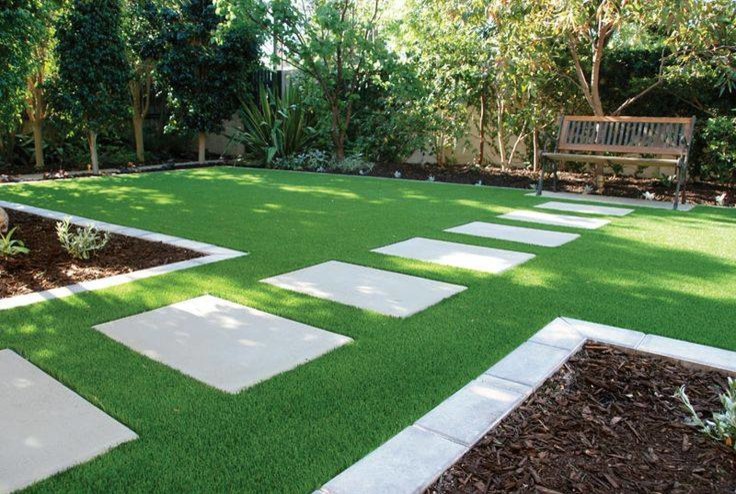Who Invented Gorilla Glue? The Surprising Story Behind the Super-Strong Adhesive
Introduction
When it comes to strong adhesives, Gorilla Glue is a name almost everyone recognizes. Known for its incredible bonding power, waterproof properties, and ability to work on a variety of materials, Gorilla Glue has become a household staple for DIY enthusiasts, builders, and crafters alike. But have you ever wondered who invented Gorilla Glue and how it became such a massive success?
In this article, we’ll explore the origins of this powerful adhesive, meet the minds behind its development, and learn how a simple idea evolved into one of the most popular glue brands in the world.
The Origins of Gorilla Glue
Gorilla Glue didn’t start out as the brand we know today. The adhesive itself was originally discovered in the late 1990s in Europe. At that time, it was primarily used in the furniture industry, especially for bonding hardwoods and other tough materials.
The glue’s unique polyurethane formula made it stand out from traditional adhesives; it was waterproof, expanded as it cured, and worked on almost any surface, from wood to metal to stone.
Who Invented Gorilla Glue?
While there isn’t a single lone inventor in the way you might expect for some products, Gorilla Glue’s introduction to the U.S. market is credited to Mark Singer, the founder of The Gorilla Glue Company.
Singer discovered the product being used by furniture manufacturers in Indonesia and immediately saw its potential for a broader consumer market. He obtained the rights to sell it in the United States, rebranded it as Gorilla Glue, and launched it for retail sale in 1999.
Why It’s Called Gorilla Glue
The name Gorilla Glue was chosen for marketing impact. A gorilla symbolizes strength, durability, and toughness exactly the qualities the adhesive promised. Combined with clever packaging and clear branding, the product quickly stood out on store shelves.
The Science Behind Its Strength
Gorilla Glue is a polyurethane adhesive, which means it undergoes a chemical reaction with moisture to create a strong bond. Here’s why it works so well:
- Moisture-activated – Bonds even in damp conditions
- Expands during curing – Fills gaps for a more secure hold
- Works on multiple materials – Wood, stone, metal, ceramic, foam, glass, and more
- Waterproof and temperature-resistant – Suitable for indoor and outdoor projects
This unique combination made it perfect for both DIY projects and professional use.
The Rise of Gorilla Glue in the U.S.
After its launch in 1999, Gorilla Glue began appearing in hardware stores, craft shops, and online retailers across America.
Aggressive advertising campaigns highlighted the glue’s “incredible strength” and “for the toughest jobs on planet Earth” slogan, which resonated with consumers. Over time, the brand expanded into a variety of products Gorilla Tape, Gorilla Super Glue, Gorilla Epoxy, and more.
Global Expansion
By the mid-2000s, Gorilla Glue had become a global brand, available in dozens of countries. The company’s focus on quality, innovation, and consumer trust helped it compete against long-established adhesive brands.
Common Uses of Gorilla Glue
People use Gorilla Glue for countless purposes, including:
- Repairing broken furniture
- Bonding different materials for crafts
- Fixing household items
- DIY home improvement projects
- Outdoor repairs due to its waterproof nature
Its versatility and strength make it a go-to choice for both casual users and professionals.
Interesting Facts About Gorilla Glue
- Gorilla Glue expands 3 4 times as it cures.
- The original formula was brown, but the company later introduced clear and white versions.
- It’s so strong that once cured, it can only be removed mechanically (by sanding or scraping).
- It inspired the now-famous “Gorilla Tape,” which uses similar durability principles.
Safety and Proper Use
While Gorilla Glue is incredibly effective, it’s important to handle it correctly:
- Always wear gloves to avoid skin contact (it can be difficult to remove).
- Apply small amounts the glue expands as it cures.
- Keep away from children and pets.
- Store in a cool, dry place to prevent premature hardening.
Conclusion
The story of who invented Gorilla Glue is a perfect example of how a niche industrial product can become a worldwide household brand through vision, marketing, and innovation. Thanks to Mark Singer’s entrepreneurial insight, Gorilla Glue transformed from a little-known adhesive into one of the most trusted names in bonding solutions. Today, it remains a favorite among DIY enthusiasts, craftsmen, and anyone who values a strong, reliable hold.
FAQs
Q1: Who invented Gorilla Glue?
Gorilla Glue was introduced to the U.S. market by Mark Singer, who discovered it being used in furniture manufacturing overseas and saw its potential for consumers.
Q2: When was Gorilla Glue first sold in stores?
It was first sold in the United States in 1999.
Q3: Is Gorilla Glue waterproof?
Yes, Gorilla Glue is 100% waterproof and suitable for indoor and outdoor use.
Q4: What materials does Gorilla Glue work on?
It bonds wood, stone, metal, ceramic, foam, glass, and more.
Q5: Why is it called Gorilla Glue?
The name was chosen to symbolize strength, durability, and toughness qualities associated with a gorilla.






